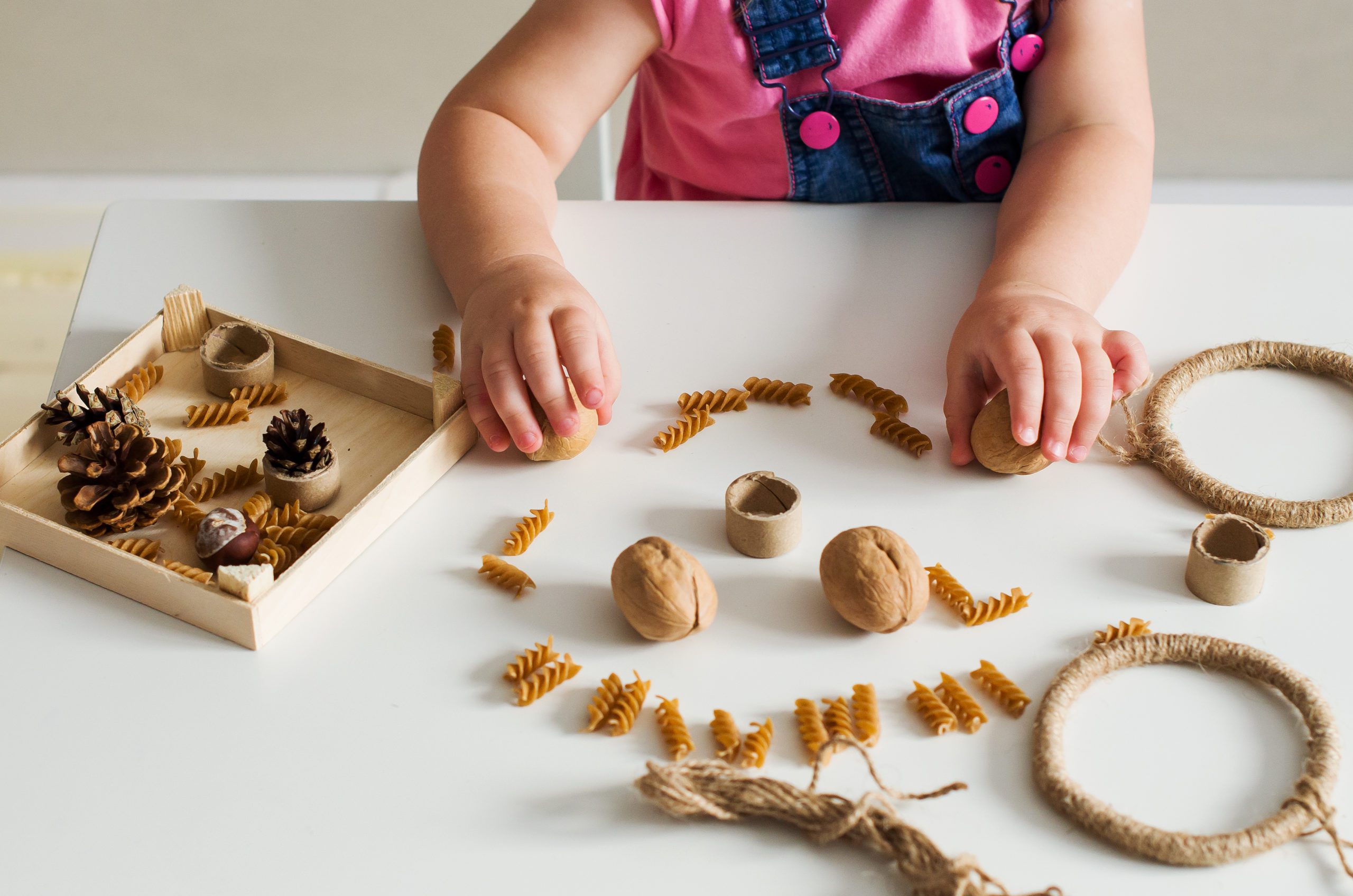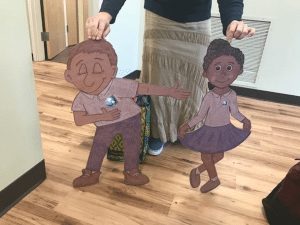Retainment vs. Memorization Using Sensorial Materials
Dr. Maria Montessori, over time, used observation, brain-based research, trial and error, and even used the help of Helen Keller when creating the Montessori method’s Sensorial materials. These materials are unique to the Montessori method and Montessori classroom environments and are considered “didactic” materials. Didactic materials are materials that are used to teach a concept or skill, specifically. Walking through a Montessori classroom in 1907 you would see the same exact sensorial materials you would see walking through a modern Montessori classroom now. These materials have not changed or evolved because, well, they have not needed to.
Like all Montessori materials, sensorial materials are created with a “control of error” – meaning as a child uses the material, the material will show them any errors naturally. Sensorial materials focus on differences in size, form, color, feel, and even on gustatory, and olfactory senses. Humans experience all five senses within the first few hours of life. Knowing this, Montessori felt it was more important to give children several opportunities to refine their senses rather than only exposing them repeatedly to different sensorial experiences. By providing didactic sensorial materials, the child can retain the information rather than memorize it. Let’s take a look at this example to further explain the difference;
- Providing a basket of varying sized, real pinecones and presenting to the child how to arrange them from largest to smallest is an activity that allows the child to handle the textured pinecones, feel the difference in size, see the difference in width and height, and compare the objects to each other. Because the child is using their hands, they are creating direct muscle memory and strengthening the brain’s ability to retain the information.
- Showing students a presentation about the large, medium, and small items and then providing them a worksheet and asking them to color the largest pumpkin green is an activity that requires the child to remember information that was verbalized to them.
If you walk by a child who is arranging pinecones from largest to smallest, you can easily gauge their understanding of the concept. If you walk by a child who is coloring the smallest pumpkin on the worksheet green (not the largest) – there is no way to tell if the child does not understand the difference in size or if they are not clear on their colors yet. Sensorial learning materials allow the child’s true strengths to be observed.
Real-world living requires real-world experience! Providing sensorial experiences to young children gives them the opportunity to show us their strengths and interests while gaining purposeful and meaningful learning experiences as they lead us all into the future!


